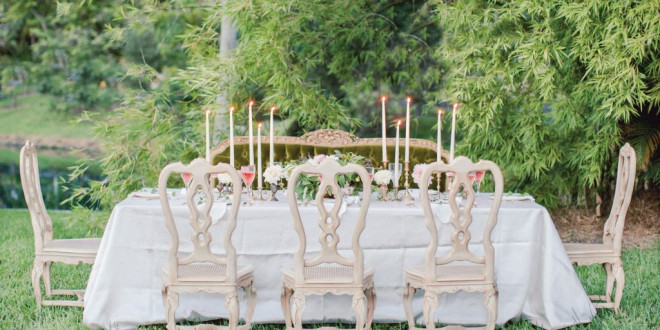[ad_1]
Wedding costs vary regionally from around $25,000 in the Midwest to $50,000 and more in the Northeast. The average wedding in the United States costs approximately $28,000, not including rings or the traditional expenses of the bridegroom’s family.
Because they are expensive, because you want a beautiful wedding and because you don’t want to go into serious debt, the first step in planning any wedding is a practical one – establishing a budget. Bridal budget woes will put a damper on one’s outlook and a strain on relationships. A good budget is the foundation of a joyful wedding day.
Asking for help
Depending on the ages and circumstances of the couple, family members may be interested in contributing to the wedding budget. There is no law that says parents must pay for any or all of the wedding, but it is a good idea to ask if key family members want to participate financially.
If they are interested, have ideas about the wedding and rough costs before meeting with them. Read magazines, attend a bridal show, visit bridal retailers, call vendors for budget ideas. Many parents make a flat contribution or specifically cover costs of photography or the wedding dress, for example.
Some budget items will be “hard costs,” not reflective of how many people will attend. Example, your $2,000 wedding dress will cost that much no matter how many people attend. The cost of a photography package or video won’t change with the number of people being photographed and entertainment costs are the same no matter how many people dance. To estimate these in advance, call at least three vendors for prices.
Again, don’t delay the budgeting portion of your wedding planning-start there. Failing to do so works against you by reducing options and, possibly, the wedding fund. Once you have a complete budget picture, prioritize items requiring the longest lead time, such as finding the site. As you proceed, you will make decisions about “soft costs”- those items which fluctuate, often with the number of people to attend, including the catering, beverages, cake, flowers, etc.
The art of compromise
Most brides thoroughly hone their prioritization and compromise skills during the wedding planning process. To accommodate a few more guests, she may switch from exotic to local flowers to avoid changing the exquisite wedding cake. This is also an important day for the groom. Is a compromise needed to let him know he is important, too?
Early brides catch the bargains-and bogus bargains
Be cautious about bargain-rate vendors. Once a contract is signed, hidden costs can threaten your budget. Catch the add-ons by asking several prospective vendors what’s included in the price so you can compare values.
Booking and executing contracts twelve to eighteen months in advance guarantees your rates. Some vendors offer prepay discounts. Except for customary deposits, only prepay if you know the reputation and stability of a vendor. You can ask about making a reasonable deposit and regular monthly payments.
For most couples budgets are a big part of their life together, so the wedding budget can be a great learning experience. With or without their help, following a budget will impress your parents and prospective in-laws (to say nothing of your fiancé) with your practical and effective approach to planning a lovely wedding.
[ad_2]
Source by Robbin Montero

